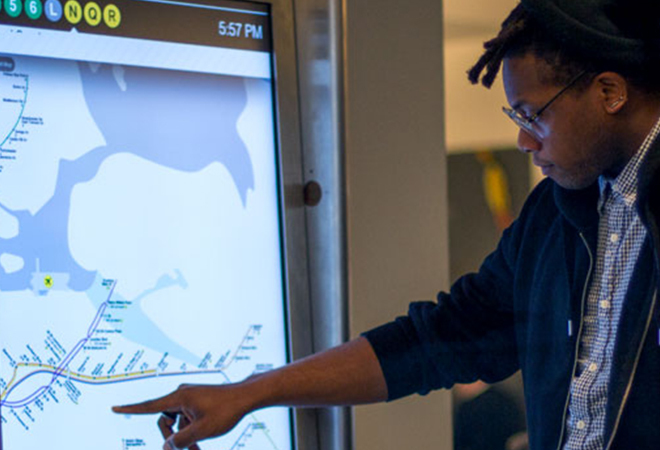
First, to be clear, signs in Times Square aren’t going anywhere. A press frenzy, fueled by wild exaggerations in the blogosphere, has fizzled. New York City Transportation Commissioner Polly Trottenberg declared in May: “The signs in Times Square are wonderful. They’re iconic. They’re not only a global tourist attraction, they’re important to the economy.”
Stepping back from the Times Square flap, for the sake of perspective, I recalled that OAAA published a book 20 years ago called “Signs of the City,” by planner Tom Martinson of Minneapolis.
“Billboards,” wrote Martinson in 1995, “are a dynamic part of the townscape: they bring change, color, and humor, visually energizing the city. In this respect, billboards contribute to the visual richness and diversity of great cities throughout the world.”
Well put. But, as Paul Harvey would say, here’s the rest of the story.
- Urbanization is a powerful trend. Today, more than half of the world lives in a city. By 2050, seven out of 10 will be in a metro area.
- Out of home complements urbanization by connecting government, commerce, and people, and supporting transit.
- New research highlights the global appreciation and acceptance of our medium in cities.
Inhabitants of Barcelona, Brussels, Dublin, London, Naples, Paris, and Stockholm voiced strong support for OOH as a way to support public transit, outdoor city space, and vibrant city life, said a just-released report called “Out of Home into the City: Transforming Cities by Engaging Citizens.”
This research, sponsored by Clear Channel Outdoor, showed that 82 percent agreed that outdoor advertising on public ground revives a city.
“Out of home advertising makes a pivotal contribution to addressing today’s biggest challenges,” said William Eccleshare, chairman and CEO of Clear Channel International.
In Washington, DC, OUTFRONT Media has installed 72-inch flat panel, wall-mounted displays in eight transit stations, a first in the DC subway system. These high-definition screens show ads, train arrival and departure times, and maps.
“We are able to enhance the riders’ journey, and allow our advertisers to reach consumers during their commute in a sleek and seamless way,” said Jeremy Male, chairman and CEO of OUTFRONT Media.
Last month, OOH leaders met with US Senator Chuck Schumer (D-NY), who is in line to succeed industry ally Senator Harry Reid when he retires next year. A New Yorker, Schumer said he supports the plan to deliver wifi in New York City via kiosks and phone booths because it will benefit the poor and under-served populations.
Worldwide, there are now 600 bike sharing schemes, triple the number in 2008.
The FBI pioneered “wanted” digital billboards in Philadelphia in 2007. Now this tactic is a common tool for law enforcement. Digital billboards, says the FBI, are a “force multiplier.”
Like planner Tom Martinson, I am from the Midwest. If Martinson wants to update his 1995 book “Signs of the City,” we should reserve space for tech-savvy Cleveland City Councilman Joe Cimperman: “Digital billboards are right in line with the whole cityscape. They communicate that we are a city that embraces technology. We actually have some of the newest state-of-the-art, cutting edge advertising.”
Martinson was right 20 years ago, that signs fit in cities. Thanks to our progress over two decades, his thesis has advanced beyond a correct observation to profound trend spotting.
Download the PDFPublished: June 22, 2015